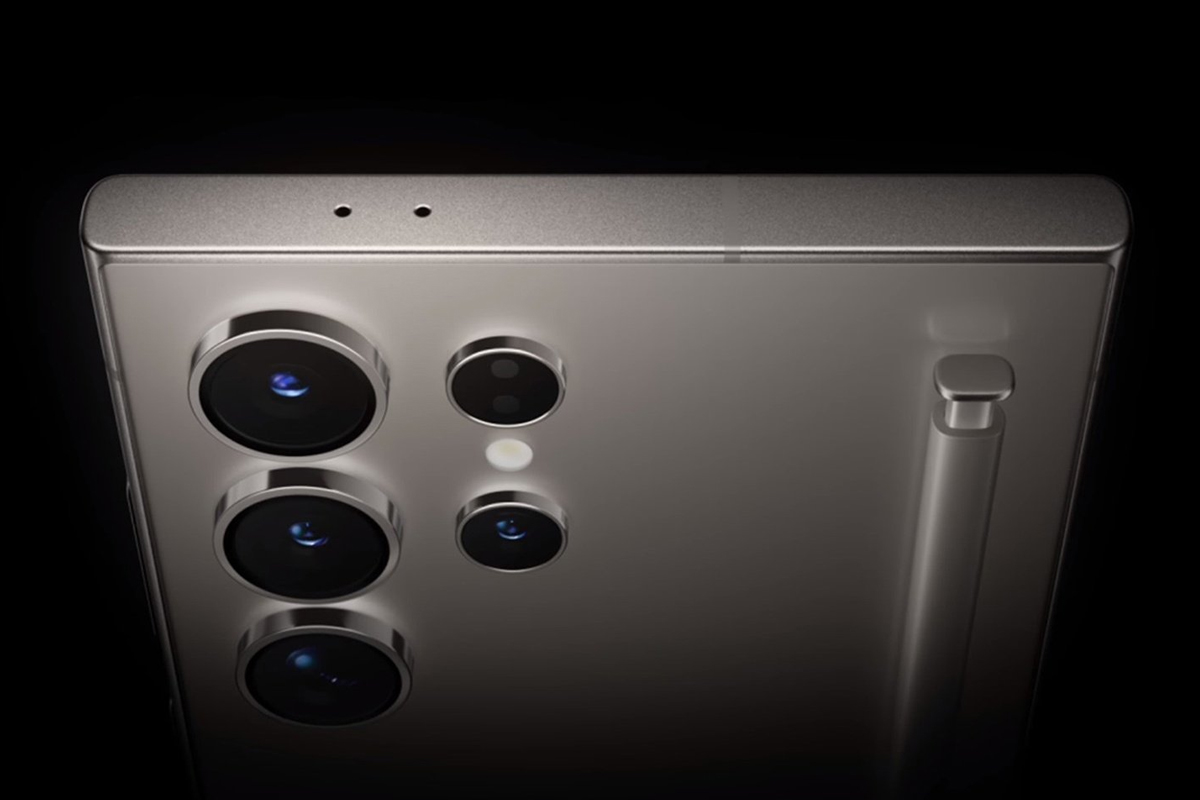The Samsung Galaxy S25 Ultra, despite earning the highest repairability score of any Samsung phone in a decade, has unexpectedly struggled in recent drop tests. This has sparked debate over the balance between ease of repair and overall durability.
Earlier this month, multiple drop tests highlighted the Galaxy S25 Ultra’s resilience, with the device surviving several falls onto concrete from a height of approximately 5 feet 8 inches (172 cm).
However, on 13th February, GSM Arena conducted a new series of drop tests using robotic equipment instead of human hands. These tests consistently dropped the phone from a precise height of 6 feet (182 cm), providing a more controlled assessment of its durability.
S25 Ultra’s Screen Shatters In Robotic Drop Test
The phone didn’t fare well in these trials. A front-down drop resulted in a shattered screen and a completely non-functional display, making the device unusable. A side drop resulted in dents and scratches on the titanium frame, but it remained intact, and the buttons worked perfectly. A drop onto the back shattered the rear glass, yet the phone still functioned.
According to Corning, the Gorilla Armor 2, featured on the Galaxy S25 Ultra, can withstand falls up to 2.2 meters (7 feet 2 inches). They conducted these tests on a ‘concrete-like’ surface, the precise nature of which remains unclear.
GSM Arena suggests that the variations in these tests explain the discrepancies in results. Your Galaxy S25 Ultra will likely survive shorter falls, but a reliable protective case is advisable if you have a reputation for dropping your phone from greater heights.
Easy To Fix, But Hard To Protect?
While the Galaxy S25 Ultra stumbled in drop tests, it shines in another area: repairability. It boasts the highest repairability score of any Samsung phone in a decade. However, despite this achievement, it still trails behind the iPhone 16 Pro Max in this category.
Samsung phones haven’t historically been known for their ease of repair, mainly due to the company’s use of adhesive to secure internal components. However, with the increasing emphasis on right-to-repair legislation in Europe, Samsung has made significant progress in improving the repairability of the Galaxy S25 Ultra.
iFixit’s recent teardown video detailed these changes and their impact on phone repair. A key improvement is the significantly easier battery removal in the S25 Ultra. Previously, Samsung employed adhesive beneath the battery to secure it. This adhesive typically required the application of isopropyl alcohol for removal and often left behind residue that needed cleaning.
Galaxy S25 Ultra’s Repairability Scorecard
Conversely, the Galaxy S25 Ultra uses four adhesive strips over the battery that can be detached manually, considerably simplifying do-it-yourself battery replacements. Beyond the simplified battery removal, Samsung has also enabled the removal of individual cameras from the main board.
This will reduce the cost of replacing a malfunctioning camera, as you won’t have to pay for the entire camera assembly. However, the selfie camera is still attached with adhesive, making its repair considerably more difficult.
Overall, iFixit awarded the Galaxy S25 Ultra a five out of ten repairability score. This is a commendable rating, comparable to the Google Pixel 9 Pro. However, Apple’s iPhone 16 Pro Max achieved a seven out of ten, clearly outperforming the S25 Ultra.
This higher score reflects its user-friendly design and reduced reliance on adhesive. It also demonstrates Apple’s commitment to self-repair initiatives and the apparent effectiveness of its self-repair program.
There’s a strong argument for making phones more easily repairable at home, particularly when considering cost savings. However, the most effective approach is undoubtedly to protect your phone from damage in the first place.







